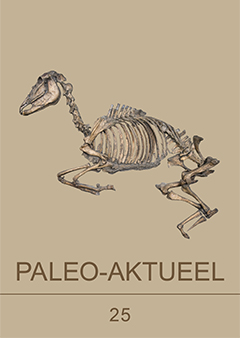Middeleeuwse lakenhandel in een 14e-eeuwse stadsuitleg in Biervliet (Zl.)
Samenvatting
Medieval cloth-trade in the14th century expansion of Biervliet (prov. of Zeeland). In 2012, a small-scale rescue excavation was carried out in the 14th century trade centre immediately south of the medieval town of Biervliet. This town development was surrounded by a large moat which was connected to an estuary, nowadays called the Westerschelde. Within this area there were navigable canals, dividing this part of the town development into four quarters. Brickwork foundations of two buildings along one of these canals, as well as an adjacent quai suggest that these buildings functioned as warehouses. The find of a large number of cloth seals implies that cloth was manufactured and traded in this area. These lead seals were put on commercially produced woollen cloth as part of a system of industrial regulation, called alnage, under which quality control and the levying of tax was administered. The cloth seals of Biervliet were decorated with the name of the town and/or an image of a cog. Due to political and social unrest and economical shifts in the second half of the 14th century, the cloth trade became less thriving. The trade centre was abandoned after it was destroyed by a great flood tide in 1375/76.

